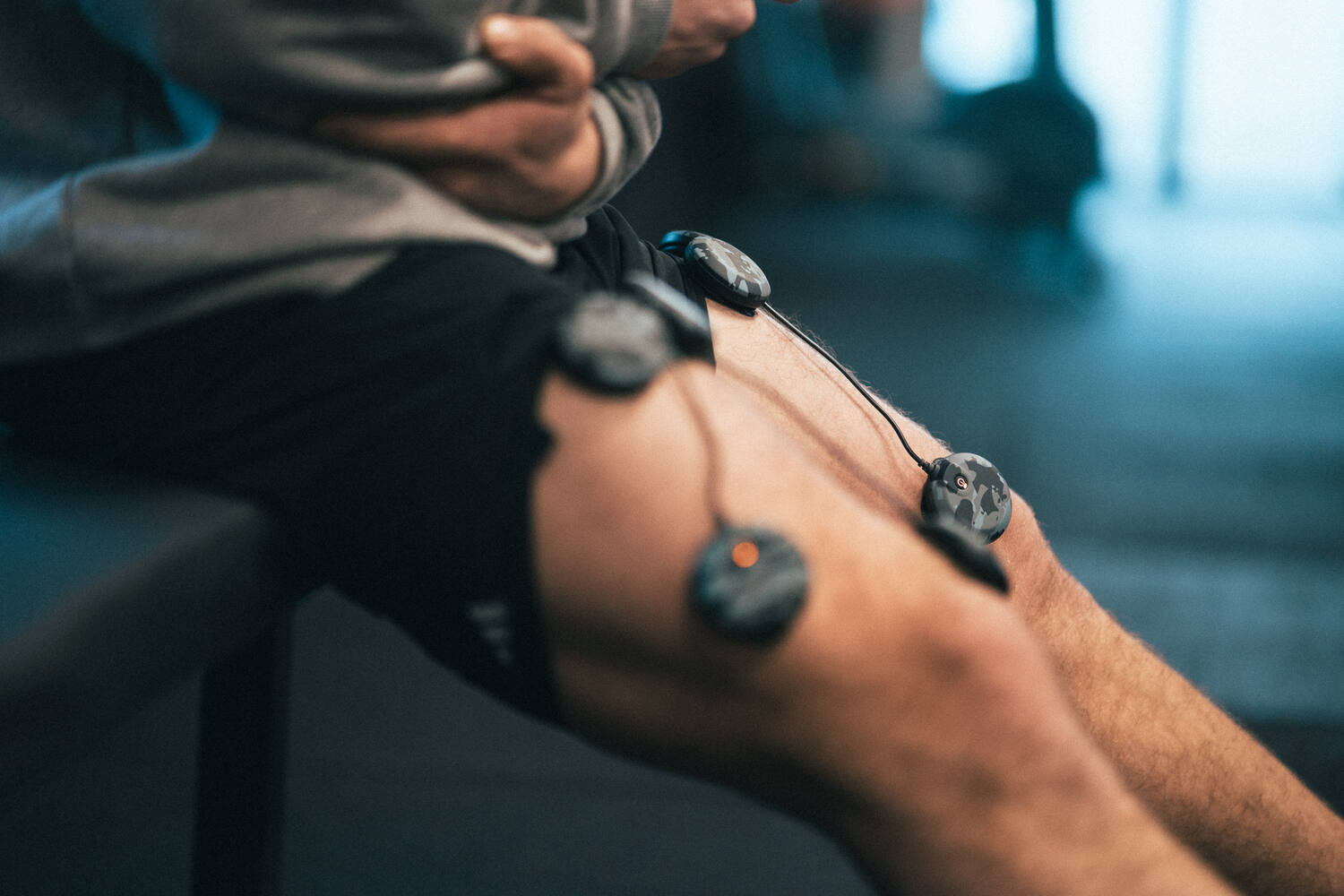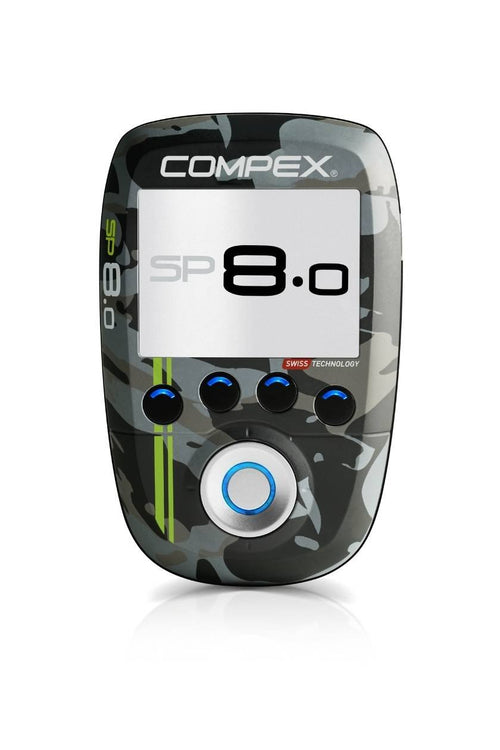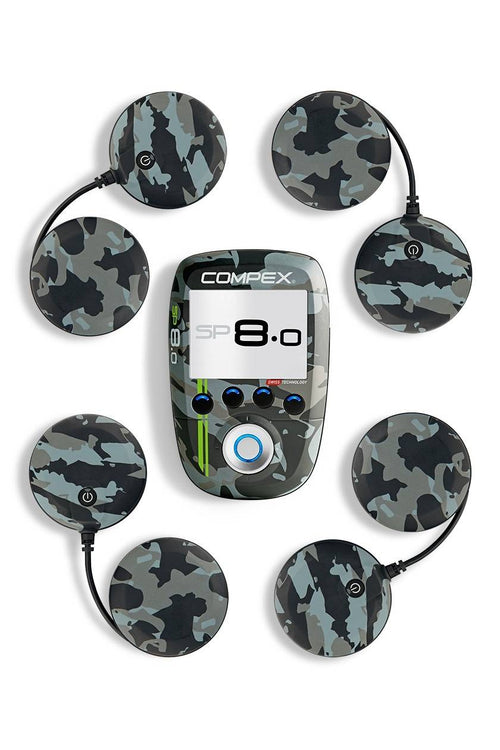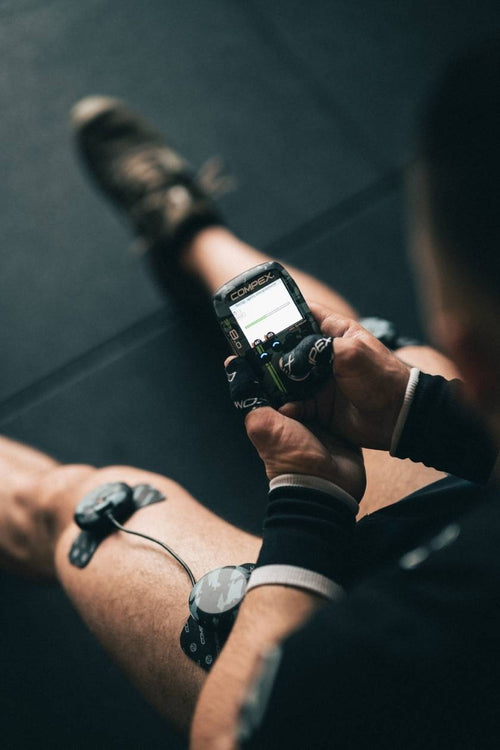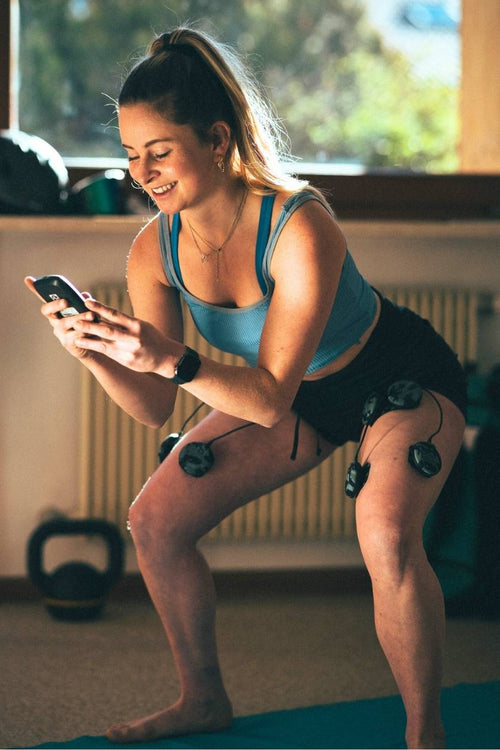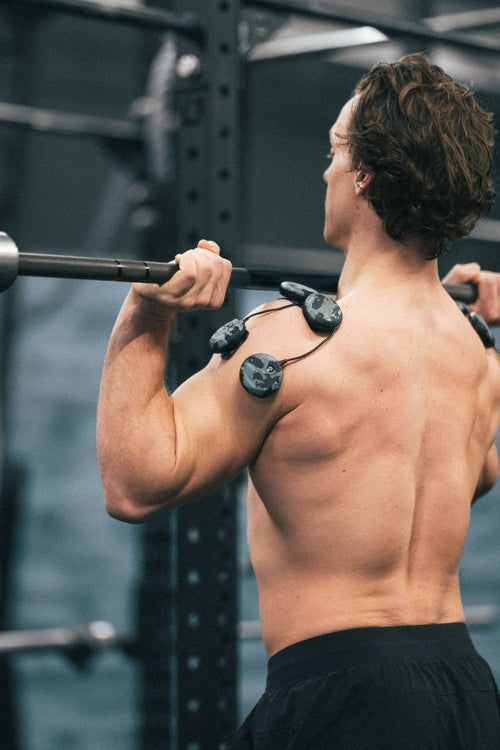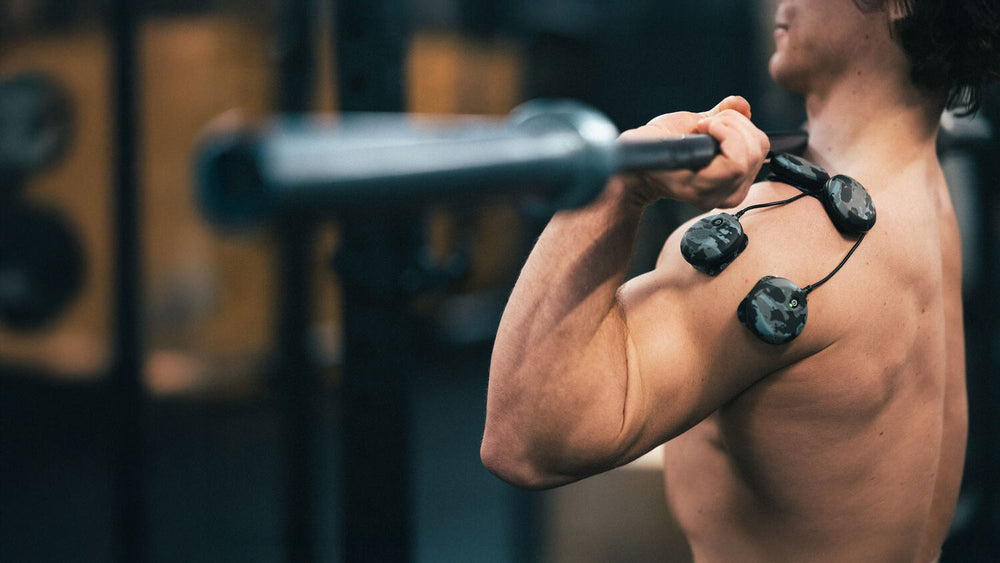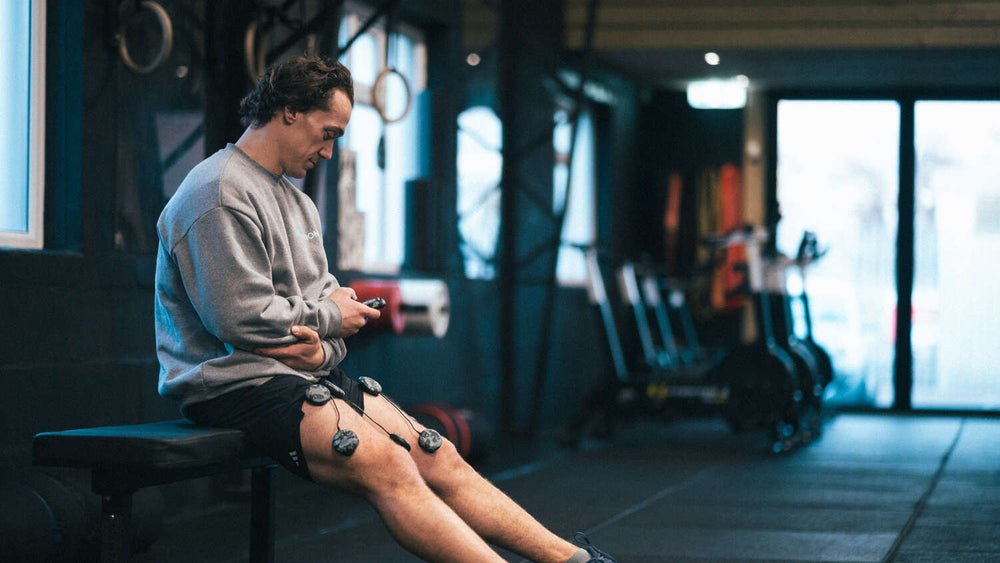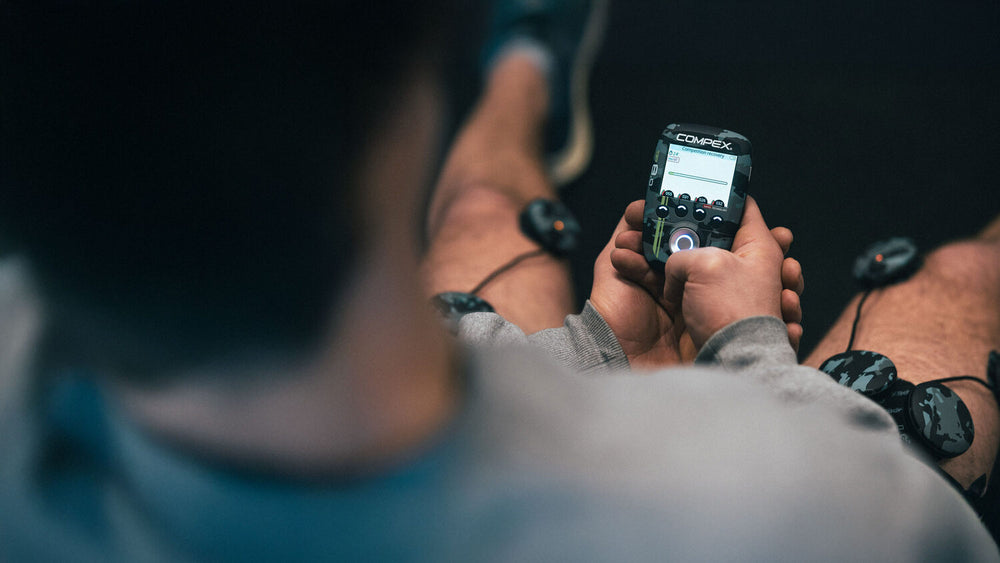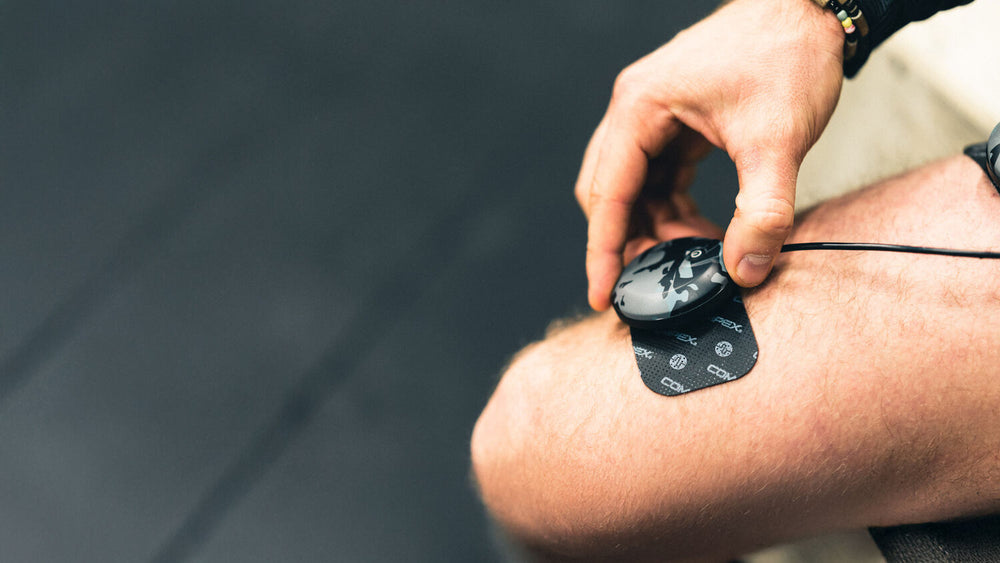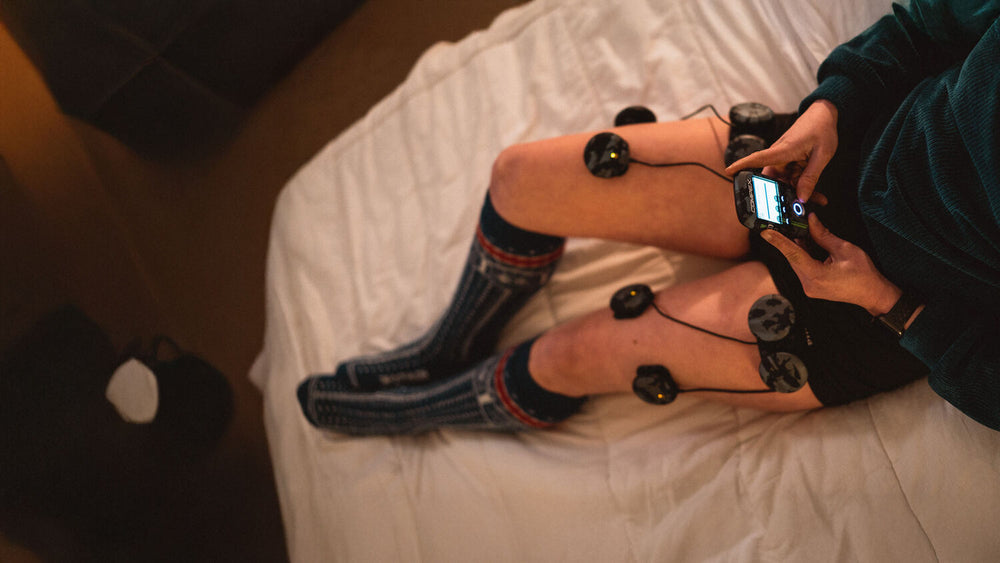Popular Products
COMPEX SP 8.0 WOD EDITION EMS MUSCLE STIMULATOR WITH TENS
£1,079.99
£830.76
Technology: Wireless
Muscle intelligence: MI-scan, MI-autorange, MI-tens, MI-action on the 4 modules
Web connection: Yes
Download objective: Yes
Upload remote history: Yes
Program categories: Conditioning, Fitness, Pain Management, Recovery / Massage, Rehabilitation
# of programs: 40
# of channels: 4
Screen: Matrix colors
Power: 120 mA, 400 us, 150 Hz
Energy: Rechargeable battery in less than 2h
- SP 8.0 WOD Edition EMS Muscle Stimulator Remote Control [qty: 1]
- Modules [qty: 4]
- Docking Station [qty: 1]
- Charger [qty: 1]
- USB wire [qty: 1]
- 2-Snap Electrodes 5x10cm [qty: 8]
- 1-Snap Electrodes 5x5cm [qty: 16]
- 1-Snap Electrodes 5x10cm [qty: 8]
- Rigid Travel Case [qty: 1]
- Wireless Protection Sleeve [qty: 1]
- Travel Pouch [qty: 1]
- Elastic Straps [qty: 4]
- Downloadable User Manual [qty: 1]
The Compex SP 8.0 WOD Edition EMS muscle stimulator boasts our top of the range electrical muscle stimulation (EMS) technology plus some useful additional extras.
Versus our standard SP 8.0, the WOD Edition also offers:
- Additional Warranty (5 years in total)
- Additional packets of Electrodes
- Travel Pouch for your device
- 4x Elastic Straps
Learn more about training using a Compex device and use our bespoke training plans to help achieve your goals.
No icon found
No icon found
No icon found
No icon found
Features
Categories & Programs/Settings
Download the Compex Coach App

How does Electrical Muscle Stimulation (EMS) work?
